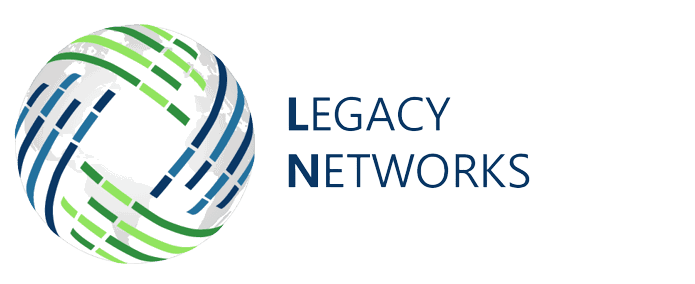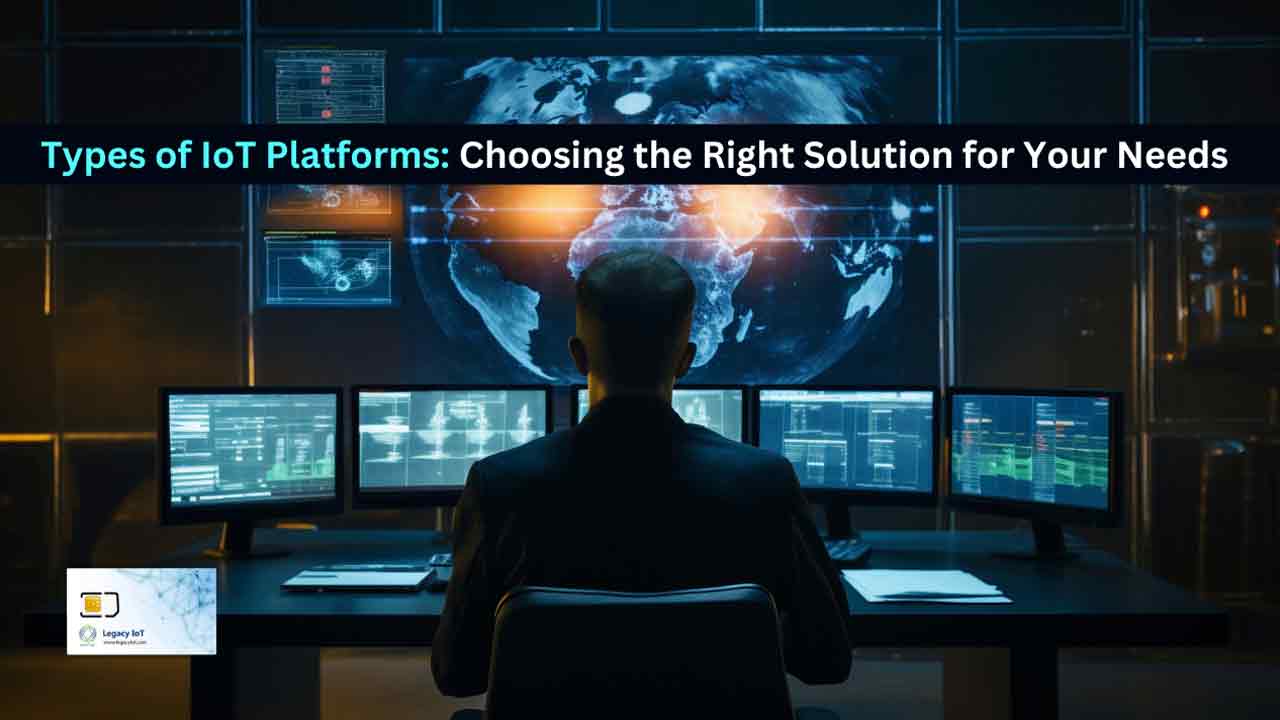In today’s interconnected world, the Internet of Things (IoT) has transformed industries by enabling the seamless integration of smart devices and systems. Central to the success of IoT implementations are IoT platforms, which serve as the foundation for managing, monitoring, and deriving insights from vast networks of connected devices.

Understanding the different types of IoT platforms available is crucial for businesses aiming to leverage IoT technologies effectively.
1. Connectivity Management Platforms
Platforms for connectivity management are essential for guaranteeing dependable connection between Internet of Things devices and the cloud. To ensure continuous communication across settings and locations, these platforms optimize data transfer, manage connectivity protocols, and keep an eye on network performance.
By providing real-time insights into device connectivity and operational status, connectivity management platforms enable businesses to minimize downtime, reduce operational costs, and enhance the overall reliability of IoT deployments.
2. Device Management Platforms
Device management platforms empower organizations to oversee the entire lifecycle of IoT devices, from deployment to decommissioning. These platforms offer functionalities such as remote device provisioning, configuration management, firmware updates, and diagnostics.
By centralizing device management tasks, businesses can efficiently monitor device health, ensure compliance with security policies, and troubleshoot issues proactively. Device management platforms are essential for scaling IoT deployments while maintaining device security, performance, and longevity.
3. Data Management and Analytics Platforms
Data management and analytics platforms serve as the backbone for deriving actionable insights from the vast volumes of data generated by IoT devices. These systems make it easier for businesses to find important patterns, trends, and correlations by streamlining the ingestion, storing, processing, and analysis of data. Organizations may anticipate maintenance needs, maximize operational efficiency, and provide individualized client experiences with the help of advanced analytics capabilities, such as machine learning and artificial intelligence algorithms. Organizations may make data-driven decisions, develop more quickly, and obtain a competitive edge in their particular marketplaces by utilizing data.
4. Application Enablement Platforms (AEPs)
Application Enablement Platforms (AEPs) accelerate the development and deployment of IoT applications by providing robust tools and frameworks. These platforms facilitate the development of applications, their interaction with current IT systems, and their modification according to particular business requirements by providing APIs, SDKs, and pre-built components. AEPs give businesses the ability to swiftly introduce new services, create scalable and interoperable internet of things solution, and adjust to changing market demands. AEPs help businesses take advantage of IoT prospects and offer customers attractive value propositions by encouraging innovation and agility.
5. IoT Security Platforms
IoT Security Platforms play a critical role in safeguarding IoT ecosystems against evolving cyber threats and vulnerabilities. These platforms implement comprehensive security measures, including device authentication, data encryption, access control, and threat detection. By proactively identifying and mitigating security risks, Legacy IoT Security Platforms protect sensitive data, ensure regulatory compliance, and maintain the integrity of IoT deployments. Robust security measures are essential to building trust with stakeholders, protecting brand reputation, and mitigating financial and operational risks associated with cyber attacks.
Choosing the right IoT platform depends on several factors, including scalability requirements, security considerations, integration capabilities, and specific use case objectives. Organizations must conduct a thorough assessment of their IoT needs and evaluate each platform type’s functionalities and benefits. By selecting the appropriate IoT platform, businesses can optimize operational efficiency, enhance decision-making capabilities, and drive digital transformation across their operations.
Conclusion
In conclusion, by offering the required infrastructure and tools to efficiently manage, analyze, and secure connected devices and data, IoT platforms play a critical role in realizing the full potential of IoT technologies. Understanding the wide range of capabilities offered by IoT platforms is crucial for helping organizations make well-informed decisions and accomplish their strategic goals, regardless of whether they place a higher priority on cybersecurity, application development, device lifecycle management, data analytics, or connectivity management. In the digital age, businesses may promote corporate growth and competitive advantage by leveraging the capabilities of IoT management platforms to innovate, improve processes, and create transformative experiences.






